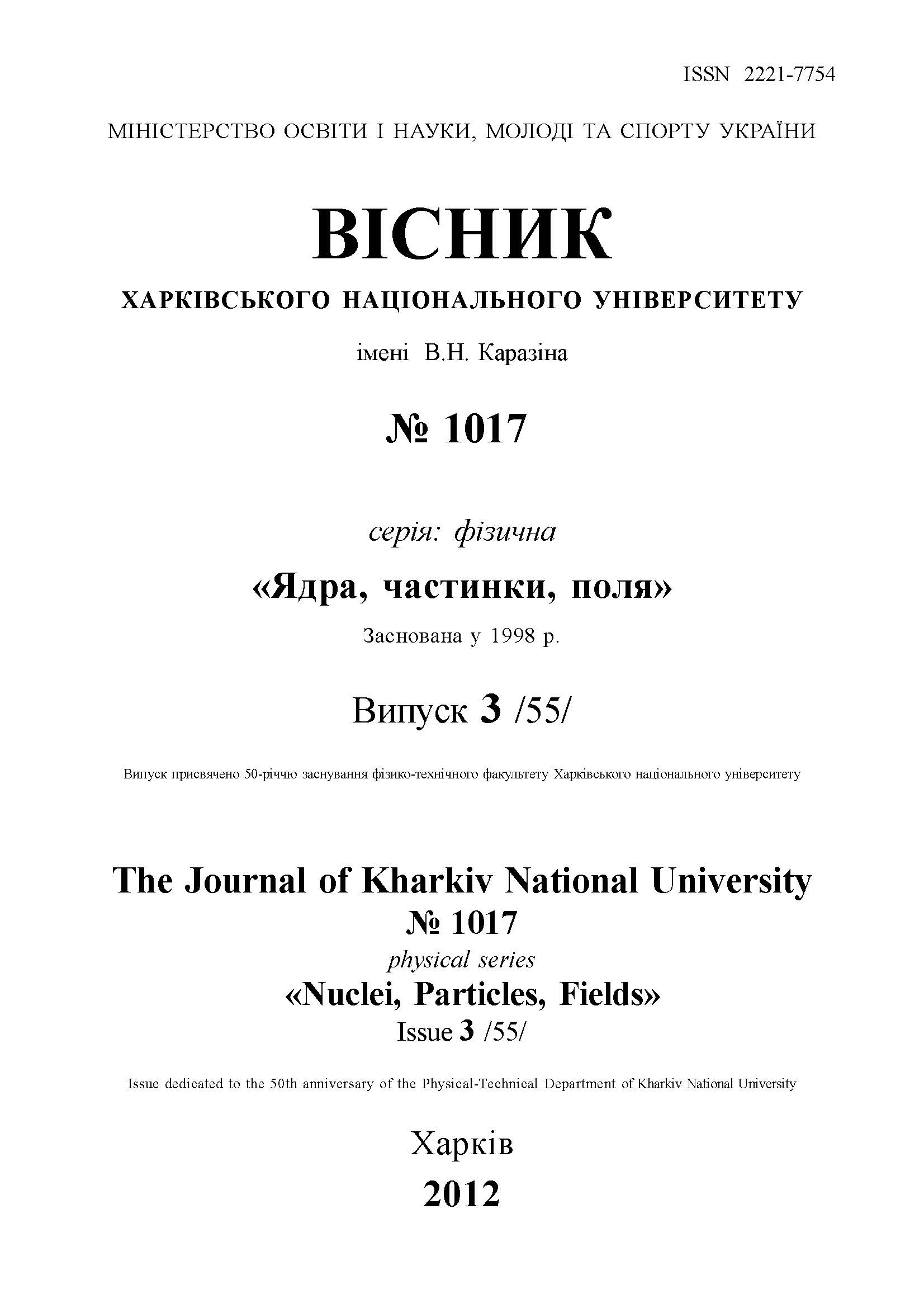Solid And Liquid Waste Processing And Reducing Of Personnel Doses
Abstract
In order to minimize the radioactive waste volume at the Ukrainian NPP (nuclear power plants) solid waste is burned and compressed and liquid one evaporated. This dramatically increases their activity as well as their radiation doses during of operation process. In accordance with the ALARA principle the technological solutions that reduce doses to personnel were proposed. First part of the complex built on Zaporozhye NPP consists of processing waste incinerators and pressing facilities. The characteristics of the radiation fields for varying geometries of this facility and isotopic composition of obtained waste was simulated using PENELOPE and GEANT codes. Part of the results was performed using the software packages developed by the authors using point sources method. During operations with burned waste pressed ash the wall thickness of buildings, where equipment is placed is needed, up to 40 cm of concrete. Thickness of the steel technological doors for these premises is required to be of about 12 cm. The alternate design of technological doors (» 2cm of steel) by adding special gateway system is to be proposed.
Downloads
References
Pismenetskiy S., Rudychev V., Rudychev Y., Tutunik O. Analysis of external radiation RW cylindrical volume // The Journal of Kharkiv National University, physical series “Nuclei, Particles, Fields. – 2008. –Vol. 808. - Issue. 2(38). - P.53-60.
Pismenetskiy S., Pyshkin V., Rudychev V., Rudychev Y. Spectral characteristics of VVER-1000 spent nuclear fuel which is intended for a dry storage keeping // The Journal of Kharkiv National University, physical series “Nuclei, Particles, Fields. – 2007. –Vol. 784. - Issue. 4(36). - P.109-114.
Lazurik V.T., Tabata T., Lazurik V.M. Database for Electron-Material Interactions // Rad. Phys. & Chem. – 2001. –Vol. 60. -P. 161-162.
Baro J., Sempau J., Salvat F., Fernandez-Varea J. PENELOPE: an algorithm for Monte Carlo simulation of the penetration and energy loss of electrons and positrons in matter // Nucl. Instr. & Meth. – 1995. - Vol. B100. - P.31-46.
JEF-2.2 Radioactive Decay Data, OECD Nuclear Energy Agency, JEF Report 13, 1994.
Nichols Assessment and evaluation of decay data for EAF – 1999/2000, UKNSF(99). - P.130.
MCNPTM – A General Monte Carlo N-Particle Transport Code, Los Alamos National Laboratory Report LA-12625-M, Version 4B, Ed. by J. Briesmeister. - Los Alamos, New Mexico, 1997. – 736 p.
Authors who publish with this journal agree to the following terms:
- Authors retain copyright and grant the journal right of first publication with the work simultaneously licensed under a Creative Commons Attribution License that allows others to share the work with an acknowledgment of the work's authorship and initial publication in this journal.
- Authors are able to enter into separate, additional contractual arrangements for the non-exclusive distribution of the journal's published version of the work (e.g., post it to an institutional repository or publish it in a book), with an acknowledgment of its initial publication in this journal.
- Authors are permitted and encouraged to post their work online (e.g., in institutional repositories or on their website) prior to and during the submission process, as it can lead to productive exchanges, as well as earlier and greater citation of published work (See The Effect of Open Access).








